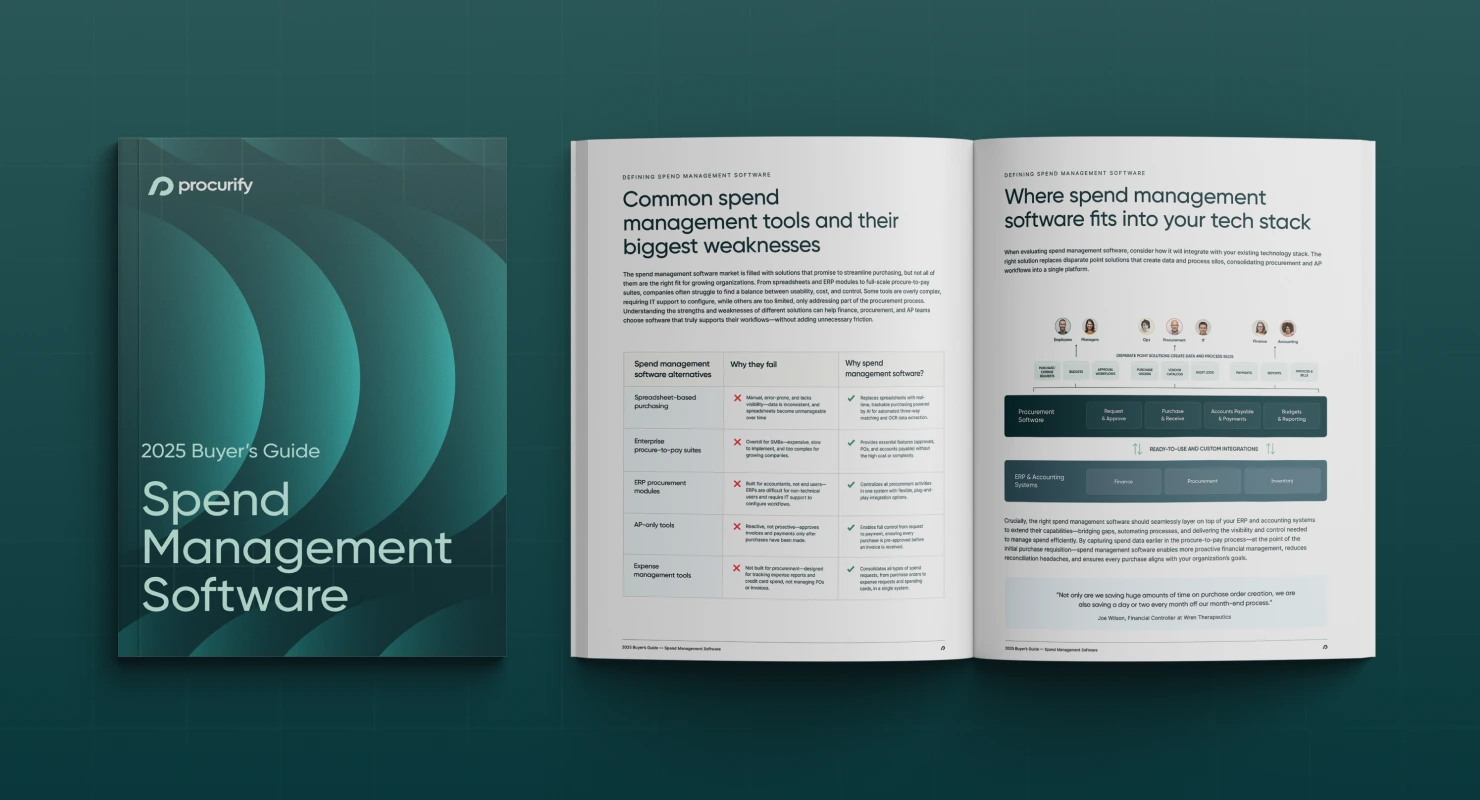Cash Flow and Procurement, The Engine and Fuel of Business
Cash flow and procurement – It’s the dream of every growing company. Getting to the point where you can tell people business is smoothly humming along, and it’s actually true, is what matters most. Businesses that get to this level of smooth operation will often attribute it to maintaining their cash flow like the finely-tuned engine of business that it should be.
A common mistake businesses make as they’re growing is focusing too much on sales in the quest to get more money coming in the door. If you can buy a widget for $1 and sell it for $2, great. If you can sell twice as many widgets, or sell them at $4 each, even better! But not paying attention to the things your business buys is like building a high-performance engine while neglecting its fuel; eventually you’re going to run out of gas. Fixing your gaze on revenue or profit means you’re probably not managing your spending wisely. In fact, up to 82% of businesses of failed businesses collapse due to cash flow management issues. They neglected their “low fuel light”, if they even had one to begin with.
Every business spends money: on those widgets you turn around and sell at a profit, the raw materials that go into your widgets, the everyday expenses that keep your office going, or on the salaries of the team you worked so hard to build. Why should the people and things that help make your product get any less thought than the product itself? It’s time to consider what fuels your business’ engine.
Budgeting, The Principle of Propulsion
In the old days you’d hear “make a budget” as the top advice, and it’s true that budgets sometimes start as little more than wishful thinking. A good place to start is by combing through last month or quarter’s bookkeeping as a guide for forecasting any upcoming expenses. These might be salaries, loan payments, COGS, or day-to-day operating expenses. This exercise is also a good habit to get into as a way to catch expenses that don’t necessarily need to be there.
The next step is to consider not only what you need to buy, but also the when: when do you really need these items or services? Equally important: when do you actually have to pay for them? You definitely want to consider financial incentives like buying in bulk, but if there’s no incentive to buying something ahead of it actually being needed, it’s probably wise to hold on to that cash as long as you can. The same is true when it comes to paying an invoice – if a vendor gives you 30-day terms for payment and there’s not a financial incentive to pay early, don’t. But definitely DO factor payment terms into your forecasting, as late payments can harm your relationship with vendors, hurting your negotiating power.
Throw all this valuable information you’ve just learned into a spreadsheet, and update it regularly as conditions change. Most businesses plan week-to-week, but when you get really good at it you’ll start to look months or quarters out – further down the road, so to speak. Which brings us to the fun part about cash and business and engines and efficiency…
Horsepower, Please
In the old days you had to manually enter all of this data into a spreadsheet by hand, until computers came along and blessed us with digital spreadsheets, which really aren’t that much better. Then for a long time really big companies had access to sophisticated analytics and procurement tools that helped them fuel their growth by getting clever about their purchasing. But things have changed: we’re in a golden age of software-based financial tools that are available to just about any business. Think of these tools as turbochargers for your business’ engine. And turbos aren’t just for high-end cars anymore.
So how can software help turbocharge your spending efficiency? First, through transparency: from request through invoice payment, you should always know where your orders stand. That way you’re not double-ordering items or rushing orders at the last minute and potentially overpaying. The second way is control: gain more control over the approval process to catch unnecessary purchases, then make sure your invoices match up with goods or services that have actually been delivered. The third is operating efficiencies, just like a finely-tuned engine: good software cuts down on the amount of labour a business needs to attain that transparency and control we’re all looking for.
But by far the biggest way that a good cash flow and procurement platform helps turbocharge your company’s engine is by giving you easy access to your data, the kind of knowledge that used to be accessible only by expensive ERP’s. A good cash flow and procurement platform will help optimize both when and where you spend, helping you do things like consolidate orders to save on shipping, or consolidate vendors to negotiate better terms. The best systems also give you easy access to real-time spending against budget, so you can easily make the spending decisions you used to have to do all kinds of calculations to figure out – or worse, guess.
The best part is that this emerging market of software turbochargers is all aimed at small- and medium-sized businesses. The best tools even offer assistance with setting things up for your business specifically, then giving you best-practice advice on how to get the most out of them. Most people wouldn’t throw engine modifications onto their car without the help of an expert, so perhaps best to let the experts help turbocharge the engine of your business.

2025 Spend Management Software Buyer’s Guide
Choose the spend management solution best suited to your organization’s needs with an overview of the 2025 software ecosystem, feature comparisons, and a free vendor capability evaluation checklist.
